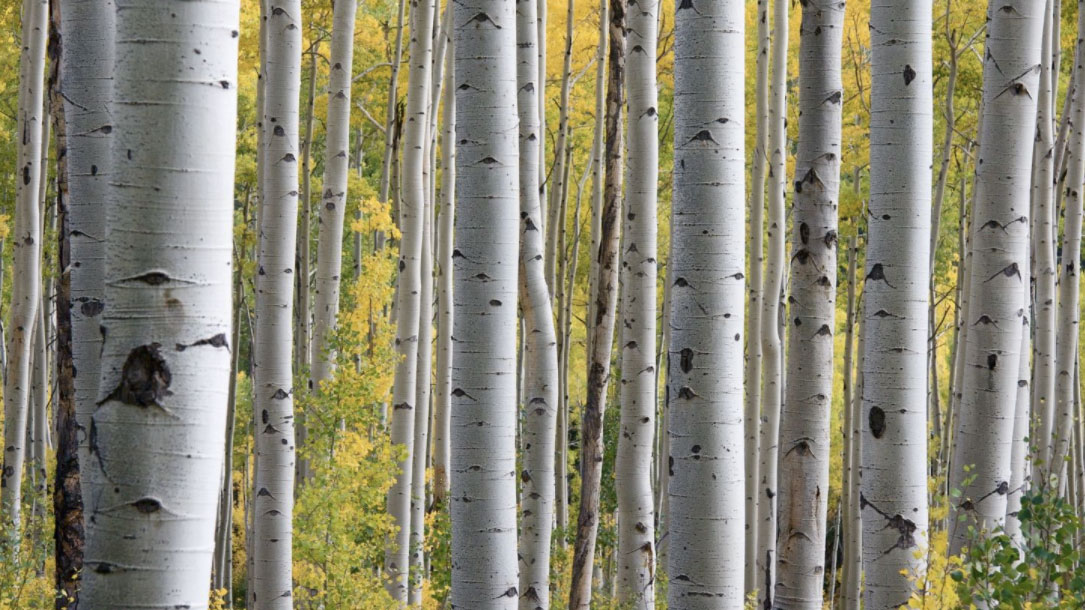
Wild carbon: a synthesis of recent findings
Permanently protecting forests and allowing them to grow in landscapes free from direct human manipulation is proving to be one of the most effective and cost-efficient methods available to address the climate crisis. While wild nature has a right to exist simply for its intrinsic value, recent science is shedding peer-reviewed light on the exceptional carbon storage capacity of unmanaged land, and its equally important benefits for safeguarding biodiversity.
In this short synthesis, ecologist Mark Anderson summarizes recent studies that demonstrate that in our fragmented, fast-developing world, wilderness offers the earth and its community of life the precious gift of time…
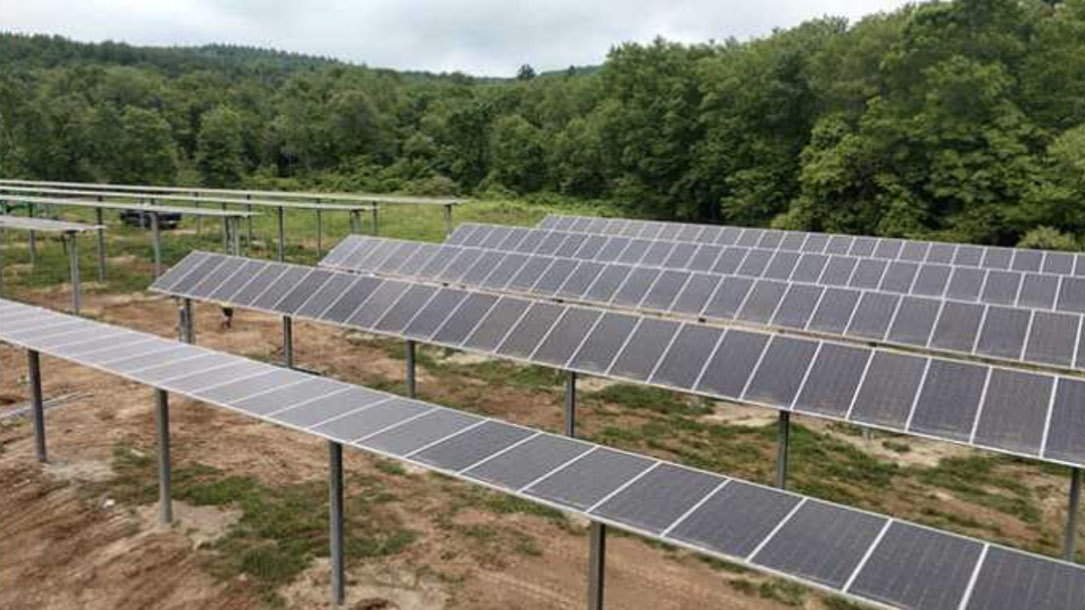
Installed: elevated solar supports family farm, cows, and crops
Generally, solar projects on agricultural land face pushback because traditional solar systems cover the ground in a manner that significantly reduces the amount of available farmland. This project did not face this kind of opposition because a dual-use system doesn’t replace crops, it works with them.
The array is designed to allow sufficient sunlight for the crops and is raised high enough in the air to allow tractors continued access underneath…[It] is designed with 20 ft. row-spacing and a minimum panel height of 10 ft. to improve performance and allow tractors continued access. Dual-use systems use special solar photovoltaic (PV) racking to harvest power from the same sunlight that nourishes the crops that grow under the mounts…
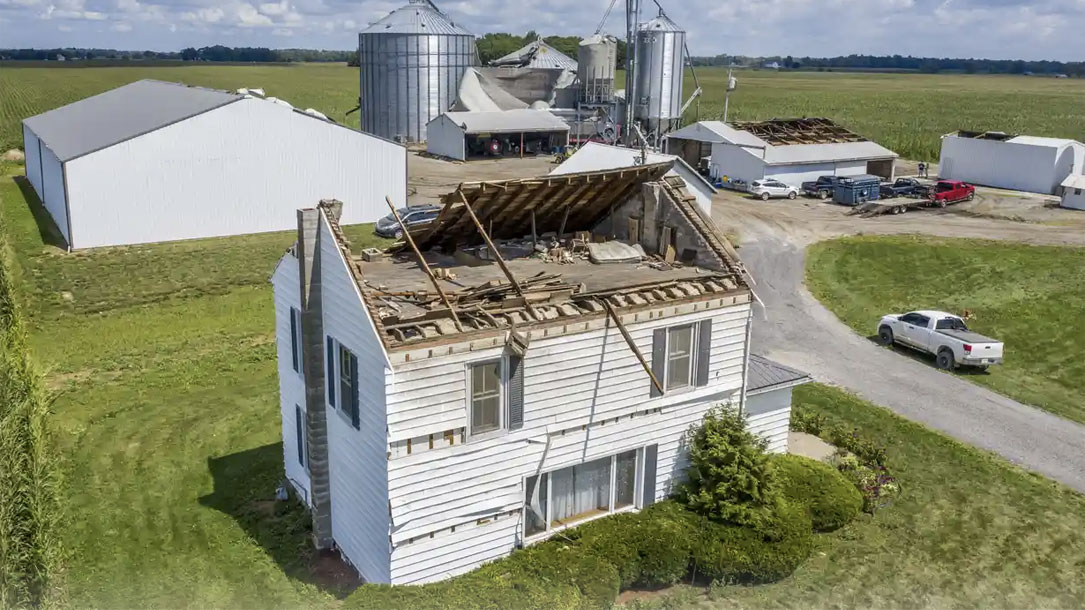
Extreme weather [just] devastated 10 million acres in the midwest. Expect more of this
The impacts of climate change are real and profound for our most basic industry: food. Fortunately, science tells us that we can make a real impact on climate change by planting less corn and more grass that sequesters carbon. Paying farmers to build soil health and retain water is a better investment than writing a crop insurance check for drought.
Farmers on the frontlines of climate change are trying to become more resilient to extreme weather by planting permanent grass strips in crop fields and planting cover crops for the winter that suck up nitrogen and CO2. The rate of adaptation would be quickened if conservation funding programs were not always under attack…
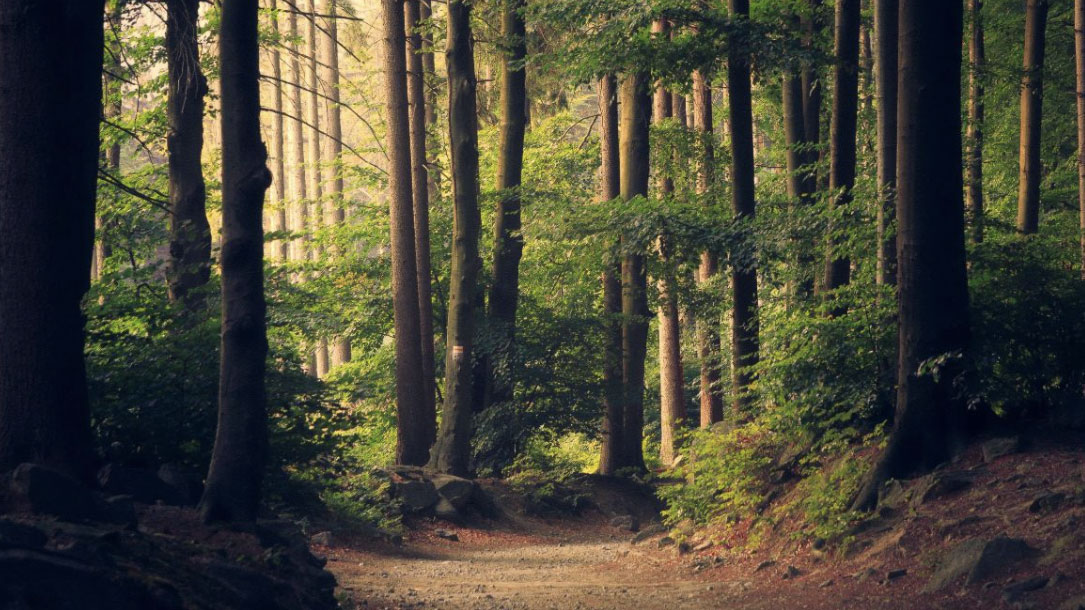
New forest carbon offset strategies turn to small landowners for big impact
This article highlights two programs with innovative methods for lowering the barriers to participation, combining small individual parcels into landscape-level carbon storage.
While Silviaterra leverages GIS data toward lower monitoring costs, the Family Forest Carbon Program focuses on incentivizing specific management practices based on estimated climate benefits.

Personal stories can shift climate change beliefs and risk perceptions: the mediating role of emotion
Using two experiments, a group of researchers test the effects of a radio story on the climate change beliefs and risk perceptions of political moderates and conservatives.
The radio story, which aired on hundreds of stations across the U.S., is a North Carolina sportsman’s personal account of how climate change has already affected the places he loves. Both experiments found positive effects on global warming beliefs and risk perceptions. Additionally, Study 2 found these effects were mediated by emotional reactions of worry and compassion. These studies suggest personal stories can be a persuasive communication strategy…

Daphne Prairie and other Texas grasslands can store carbon and help fight climate change
Scientists say the world needs to cut greenhouse gas emissions nearly in half by mid-century to avert catastrophic effects from global warming. Carbon dioxide is the most prevalent greenhouse gas; the amount in the atmosphere has been rising as humans burn fossil fuels. Not only must the world stop releasing more carbon, some CO2 already in the air also must be removed, experts say…

New England’s forests are sick. They need more tree doctors.
To spend time with tree experts is to remove one’s green-tinted glasses and to see Oz as it really is. Many species—including ash, oak, maple, hemlock, elm, and white pine—have their own particular pest or disease threatening them. And there are more pests and diseases on the horizon, including insects like the spotted lantern fly and infections that weakened trees cannot fight off.
Many trees are also stressed by bouts of drought or intense rain; by rising temperatures and changing season length; by extreme weather; by all the various manifestations of climate change…

Just how does solar grazing work?
There can be concerns about solar overtaking farmland. Yet with good design and partnership with farmers, solar can actually improve soil health and keep farmers on the land. Here’s a short video by Owens Farm, in Pennsylvania, about how solar grazing works.
For additional information, including leases and technical documents, check out American Solar Grazing Association.
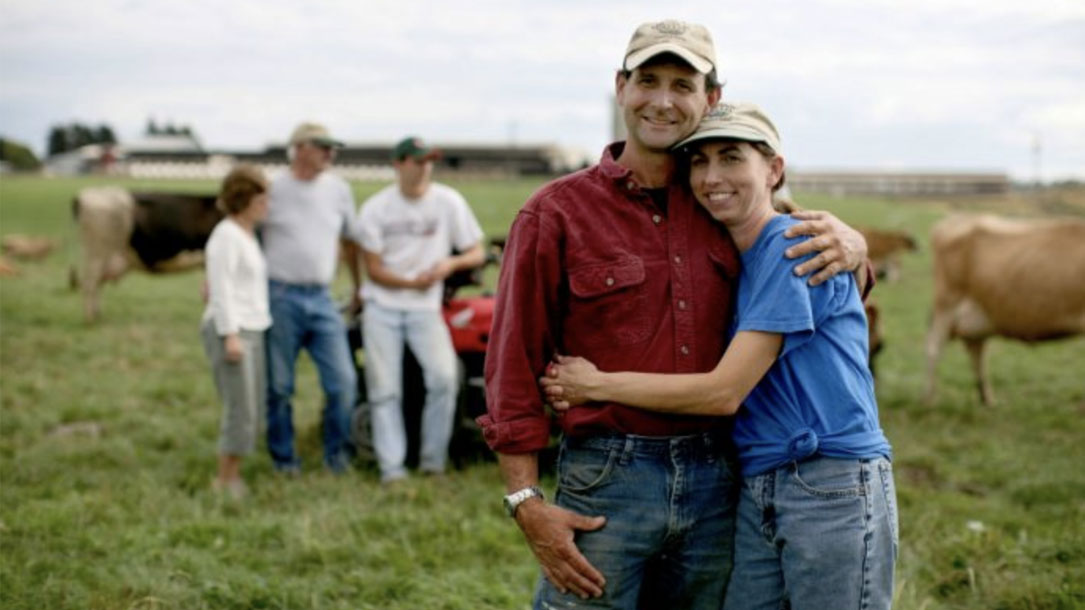
On-farm solar grows as farmers see economic rewards—and risks
Steve Pierson switched from raising conventional dairy cows in confinement to grazing the animals on organic pasture for a simple reason: they kept getting sick. He had heard and read about the fact that cows that ate grass had healthier immune systems, since their bodies are designed to digest grasses, not the grain used as feed at most dairies. The transition did make the cows live longer, and he also began to notice other environmental benefits, such as healthier soil and more perennial grasses…
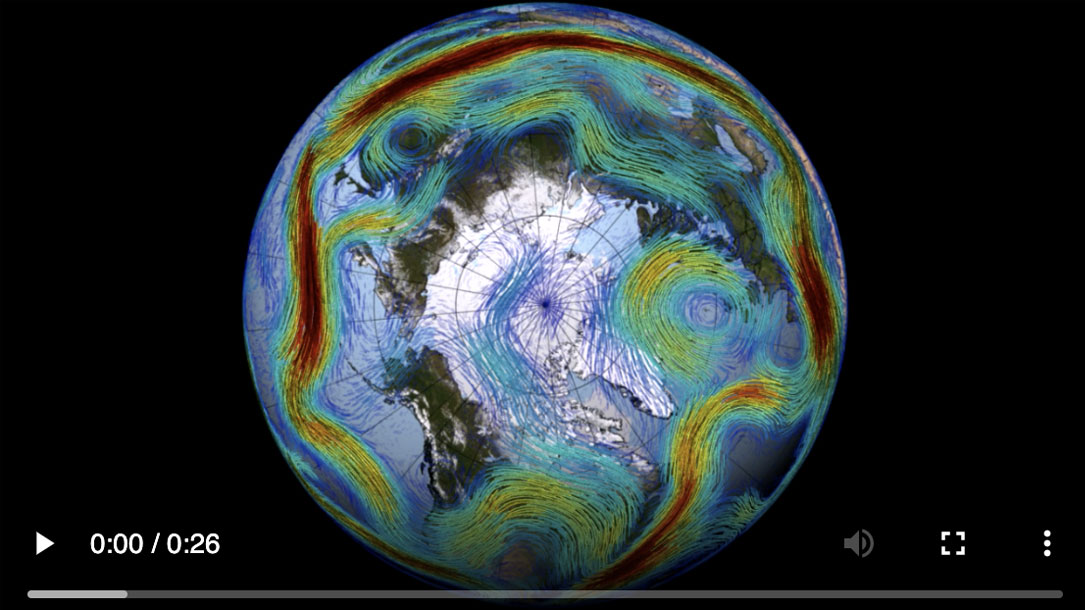
Polar Vortex: how the jet stream and climate change bring on cold snaps
The jet stream—a powerful river of wind high in the atmosphere—shapes the Northern Hemisphere’s weather, including bitter cold snaps. Because it plays a key role in weather extremes, climate scientists are striving to understand its changing dynamics.
Here’s a closer look at what the jet stream is, what’s influencing its wobbly behavior and why it matters…












